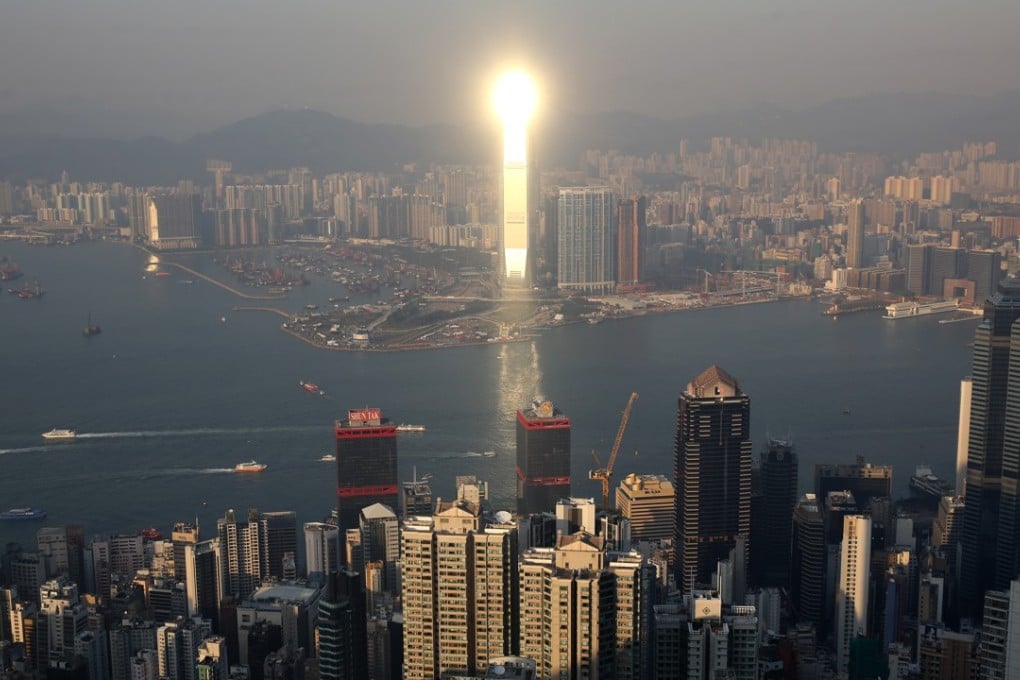The changing face of Hong Kong as it races full speed ahead
But bigger skyscrapers, more MTR stations, new centres of population and growing regional integration have come at a price, namely the city’s heritage

Take a quick glance at Hong Kong’s famous skyline and you’d be forgiven for thinking that little has changed over the past two decades.
But the city’s landscape has morphed in a number of ways: skyscrapers have shot up, new developments have stretched out and historic buildings have been pulled down.
In short, Hong Kong has been working to push through its landmark developments, the projects that symbolise the city’s move from colonial outpost to gateway to China.
Upwards
At the time of the handover, the city’s distinctive skyline was already taking shape, with many buildings already towering over Victoria Harbour. But many of the most impressive fixtures of the cityscape had not yet been built.
In total, 18 of Hong Kong’s 20 tallest buildings were completed after the handover, including the International Commerce Centre, Cheung Kong Center and One Island East.